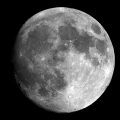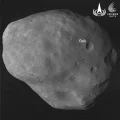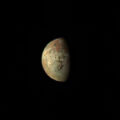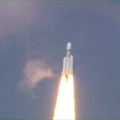
Moon has always captured the attention of humans. Historically, the moon has been of great significance. The biggest human achievement in space has been the moon landing in 1969. Researchers now have unveiled a big revelation concerning the Moon’s surface. It has to do with how weather works on the surface of the Moon. High-energy electrons in Earth’s plasma sheet have been identified as important in the lunar weather process and possibly important in water development on the lunar surface. This discovery was published in Nature Astronomy. This discovery has been quite big news and will help shed light on critical moon mysteries and provide essential information for future human lunar exploration that NASA is planning.
The presence of water on the moon is very essential
The presence, distribution, and water concentration on the Moon are important. It helps us know in detail about the Moon’s origin and evolution in millions of years. Also, it promises to offer precious water resources for forthcoming lunar missions. This knowledge may also explain the existence of water ice in the Moon’s permanently shadowed regions. These regions have been a long-time point of interest for various space organizations.
Frozen Water on the Moon
Various repeated space missions have long proved the presence of lunar water, but its origin remained a point of discovery. Recent research shows that a source of frozen water on the Moon may be wave electrons originating indirectly from Earth and the Sun. It shows that Earth is responsible for the water activity on the moon. These electrons impact the lunar surface as the Moon moves in and out of Earth’s magnetotail, a region left in Earth’s wake as it moves through space. The magnetotail houses a plasma sheet teeming with highly charged electrons and ions from Earth’s atmosphere and the Sun’s solar wind radiation. Many previous studies have explored the role of the magnetotail and the broader magnetosphere in lunar water formation; this finding is another big point. Further investigations and experiments on the lunar surface are needed to understand this phenomenon fully. This may result in a renewed interest in the lunar missions in upcoming years.






